Vacuum Brazing
Vacuum brazing has several advantages and benefits, including:
1. Strong and clean joints: Produces strong and clean joints free of contaminants and oxides, producing a high-quality finished product.
2. Versatility: Can be used to join a wide range of metals and alloys, including dissimilar metals that are difficult to join using other methods.
3. Precision: Allows for precise control of the brazing process, resulting in consistent and repeatable results.
4. Reduced distortion: Minimizes distortion of the base materials, ensuring that the finished product maintains its shape and dimensions.
5. Improved thermal performance: Produces joints with high thermal conductivity, making it ideal for applications that require efficient heat transfer.
6. Environmentally friendly: This is a clean and environmentally friendly process that does not require using fluxes or other chemicals.
7. Cost-effective: Vacuum brazing is a cost-effective process that can be automated, reducing labor costs and increasing production efficiency.
The vacuum brazing manufacturing process typically involves the following steps:
1. Cleaning: The base materials are cleaned to remove any contaminants, such as dirt, grease, and oxide layers, which can interfere with the brazing process.
2. Assembly: The base materials are assembled with the brazing filler metal in the desired configuration.
3. Loading: The assembled parts are loaded into a vacuum furnace, which is designed to maintain a low-pressure environment.
4. Heating: The furnace is heated to a temperature above the melting point of the brazing filler metal, causing it to flow and form a bond between the base materials.
5. Cooling: The furnace is cooled to solidify the brazing filler metal and form a strong joint between the base materials.
6. Unloading: The finished parts are removed from the furnace and allowed to cool to room temperature.
7. Inspection: The finished parts are inspected to ensure that they meet the required specifications, such as joint strength, dimensional accuracy, and surface finish.
8. Finishing: The finished parts may undergo additional finishing processes, such as polishing or coating, to improve their appearance or performance.
Overall, the vacuum brazing manufacturing process is a precise and controlled process that produces strong and clean joints between a wide range of metals and alloys.



